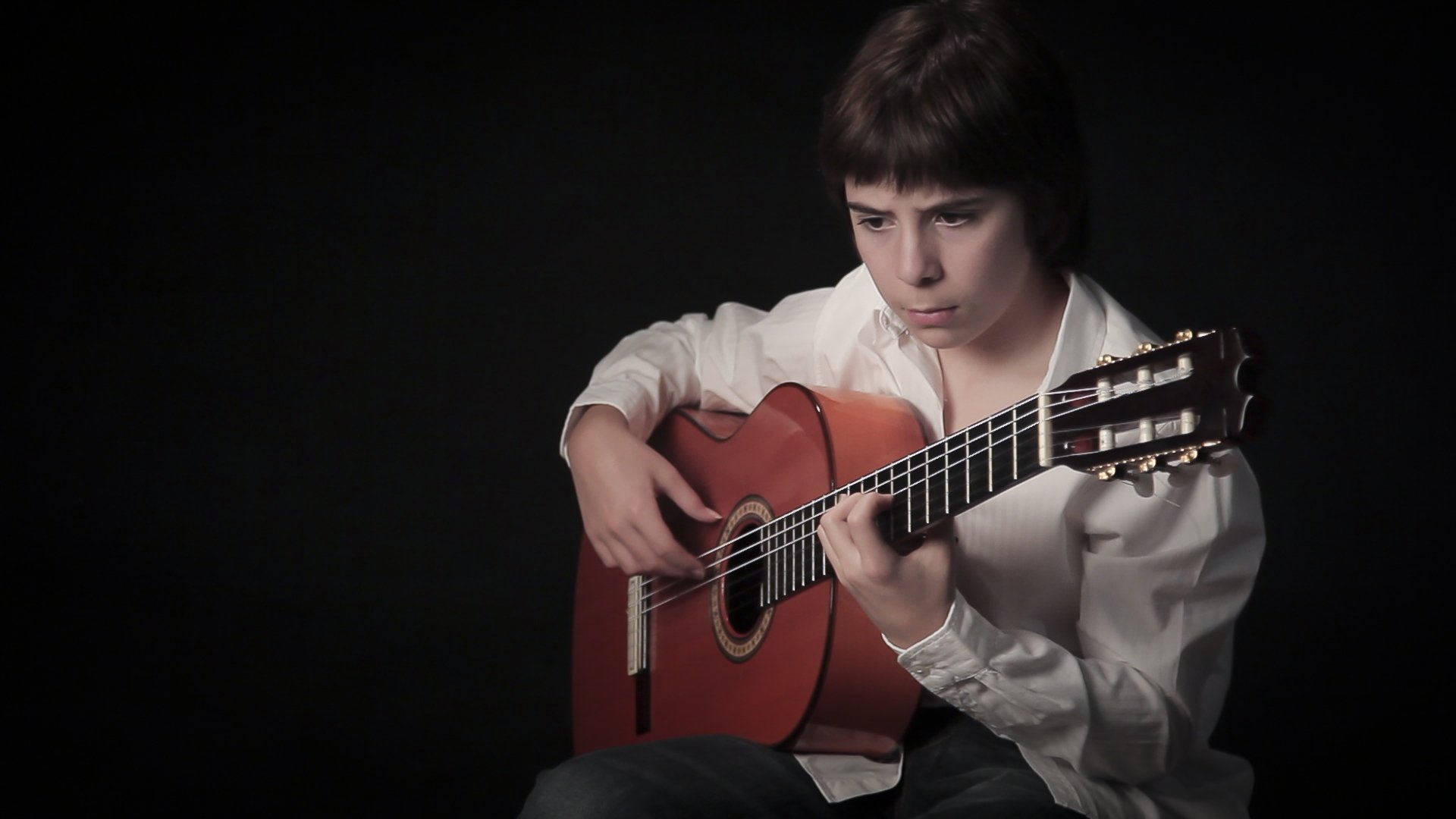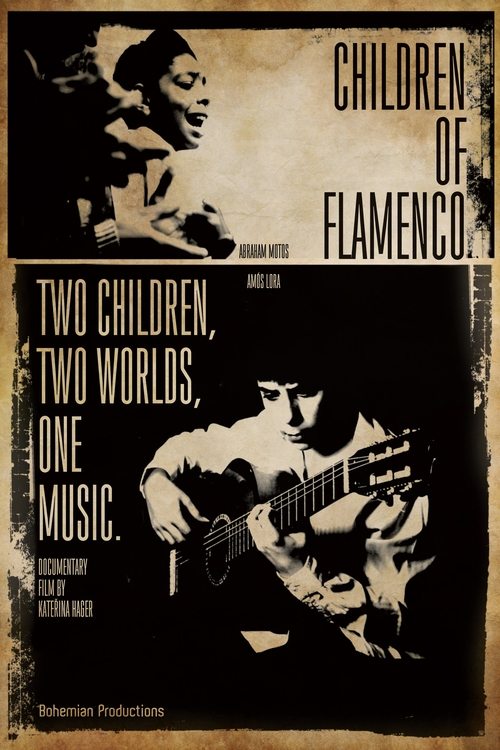

Two Children, Two Worlds, One Music
This film tells a story about two young talented artists coming from different ethnic and family backgrounds whose paths cross because of their unusual talent and passion for flamenco music. Amós is twelve and grows up in Salamanca. A rising star recognized by Paco de Lucía, Amós has been playing guitar and composing since he was three. Abraham is a twelve year old flamenco singer from the Gypsy community in Madrid's periphery. He grows up in an extended family where flamenco singing is a part of everyday life and passed on from generation to generation. This is a moving story about child fame, the road taken to get there and the vibrant subculture of flamenco.
No Trailers found.
No Cast found.